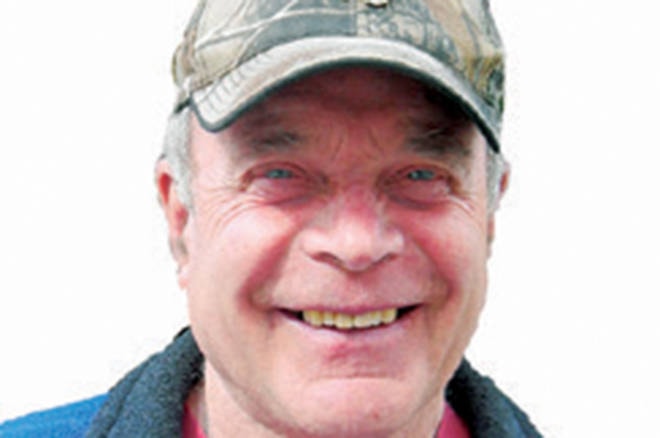By Hank Shelley
A couple of grizzly bear cubs were wandering about the dog park in Sicamous last week.
It was even faster for the moccasin telegraph to take hold, and spread the word that there was a young grizzly roaming about near Owl Head trailer park and Kerr Road north of Sicamous.
Seems the big bruins are moving in closer to populated areas. There are a couple reasons for this. The first is the hot, dry weather causing the berry crops to dry up. The second is a growing number of grizzlies now inhabiting the Shuswap-Okanagan area.
Numbers show 16,000 bears in the province.
There is a healthy population of the big bruins closer than we think. Historically for our area, many sightings and encounters have happened in the Malakwa region, most particular about the former John Senn farm, where John had to shoot a bear that had come into the barn after a calf.
We saw a mom and cubs, rolling around those big, white hay bales, while the babies scrambled in after mice.
According to all reports, grizzly bear numbers are definitely on the rise, and provocations and encounters are as well.
Last week, there was a young grizzly chasing after a chap on his 18-speed bike at Radium. Fortunately for the rider, a fellow in a truck cut the bear off.
You’d think the guy on the bike may have had some garlic sausage or other goody in his pack.
(If you ever travel down Radium way, just down the highway a piece, there’s a campground/great restaurant where they serve up the biggest platter of bacon/eggs/pancakes around called, you guessed it, Grizzly campground.)
The big bears have now swam across the north coast, over to Vancouver Island. A large grizzly was shot while walking down the main street of a village close to Port Hardy three years ago.
Randall Warnock was attacked by a young grizzly last week on the mid coast while strolling the beach in search of fishing floats. He sustained major slashes to his leg before the bear ran off.
Historically, the bears need large ranges to roam in. Dominant big bears will chase off younger animals, which in turn, find new habitat.
With increased human activity such as logging, mining, recreation, ATV’s, lodges, road building, heli hiking and land clearing, it puts pressure on the bear’s turf, resulting on more human-bear conflict.
As well, the subject of hunting these animals brings out a storm of emotion for many folks.
The Fish and Wildlife branch views the grizzly as a premier or top game animal. Under strict regulation, a certain number can be harvested in the spring and fall hunts. About 386 bears are taken in both seasons, in an estimated population of 16,000 animals.
In a recent poll of B.C. residents, a large percentage of those polled oppose this hunt. Viewing tourism in the Great Bear Rain Forest and other locations has worked very well.
Is it the answer?
The future about the grizzly is in our hands.
